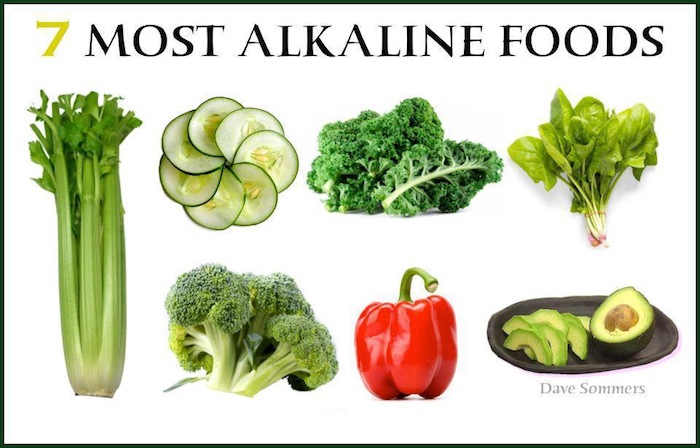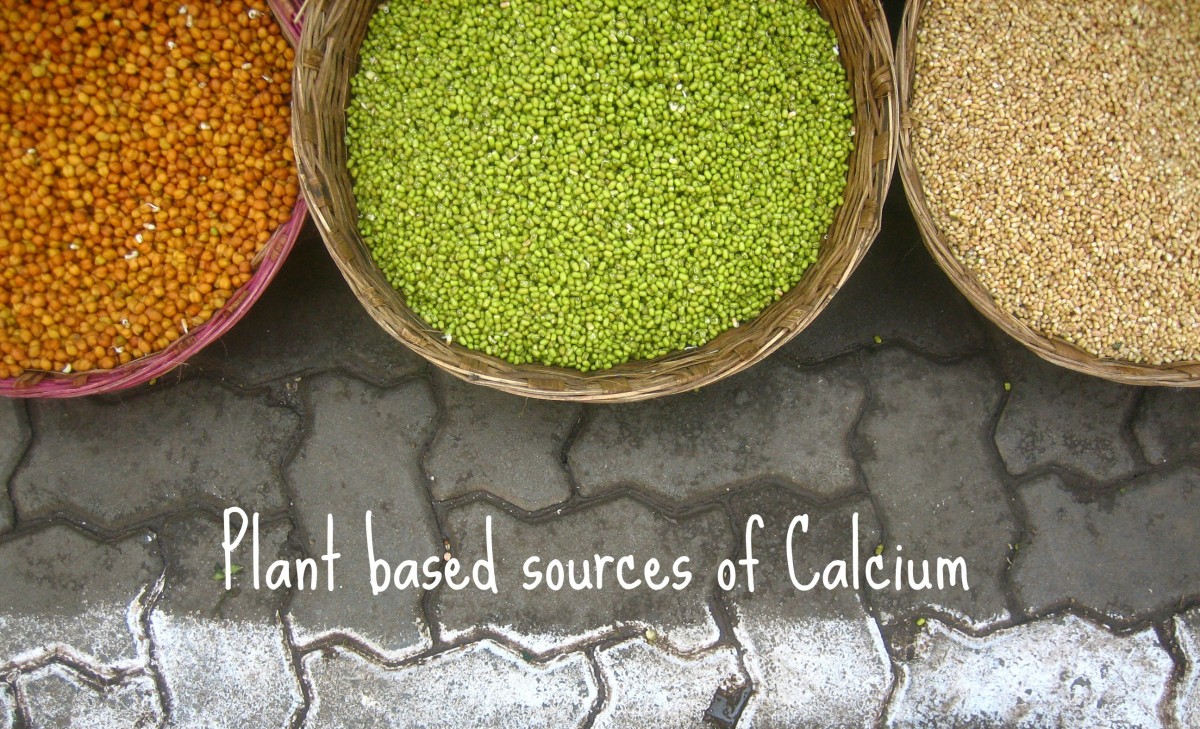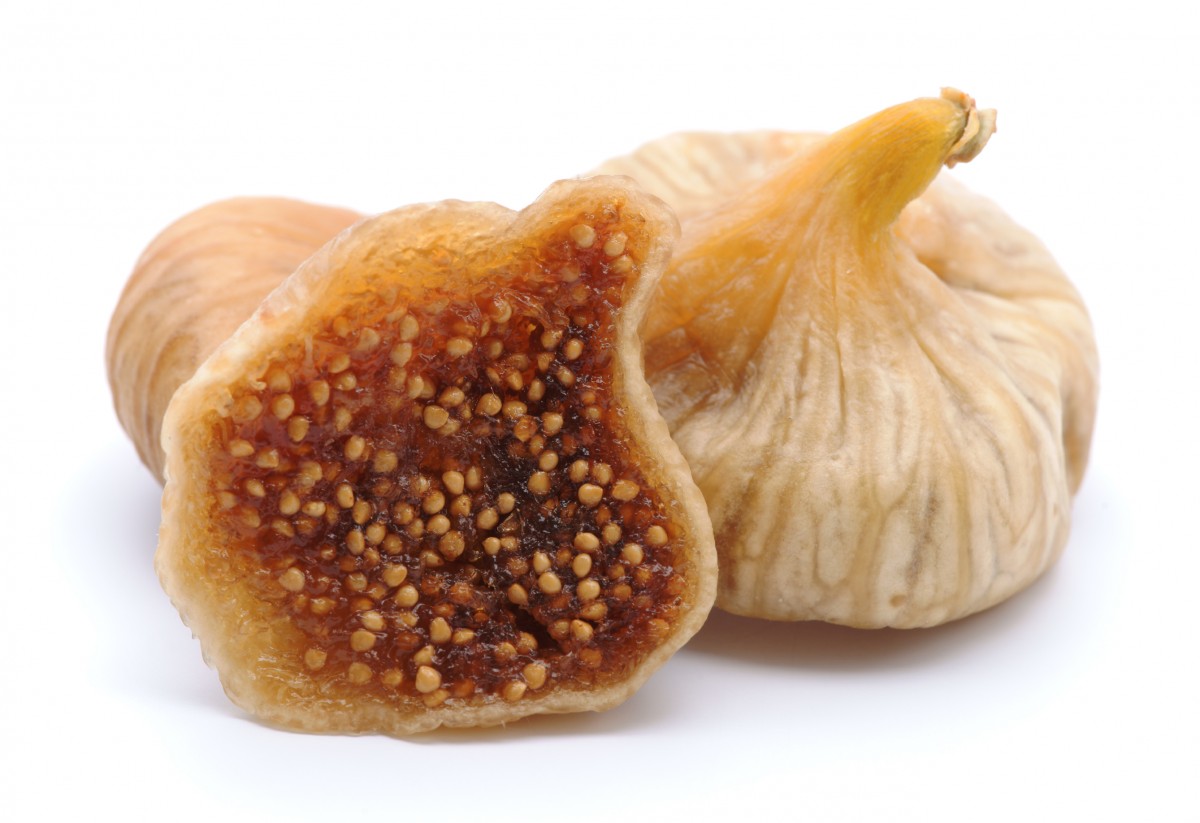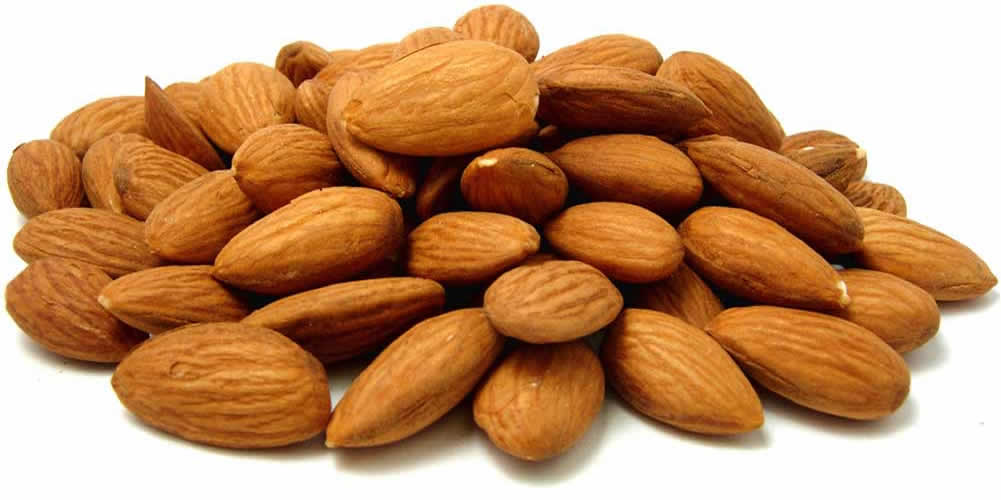You may have already heard a little bit about the concept of the alkaline diet, made popular in recent years by a number of high-profile celebrities.
It can make a huge difference to your health and beauty to follow the principles of alkaline eating, and maintaining a favourable balance in your cells, tissues and organs is increasingly recognised as one of the most important aspects of good nutrition.

Many even believe that it’s the secret to avoiding premature ageing, weight gain and disease.
I followed this way of eating religiously when I first overhauled my diet and went completely plant-based, and it made a noticeable difference to my health, body, energy and skin within just a few weeks.
The pH Scale
Acidity and alkalinity are measured according to the pH (potential of hydrogen) scale, which shows the concentration of hydrogen ions in a solution. With a pH of 7.0, water is neutral. Any substance with a pH below 7.0 is acidic and above 7.0 is alkaline.
The human body prefers a slightly alkaline pH of between 7.35 and 7.45.
All of the food that you eat, after it is digested, leaves either an acidic or an alkaline residue in your bloodstream, depending on the type of minerals it contains. It can be tricky to know what foods are acidic and which are alkaline though, because their taste doesn’t actually give away much about what they’ll leave in your body once metabolised. That is where it can become a little confusing.
Think of the most acidic flavours you’ve ever tasted? Lemon, lime and grapefruit are probably high up on your list because of their sharp, acidic flavour on the tongue.

While citrus fruits may taste bitter and acidic, they actually leave an alkaline residue when they’re digested. In contrast, a glass of cow’s milk will show up as having an alkaline pH if tested in a laboratory setting, but when it digests in your body, it leaves an acidic residue.
In fact, animal products including dairy, meat, eggs, poultry and fish, are known to leave an acidic residue in your blood. That’s just another of the many health risks associated with popular high-protein diets like Atkin’s and The Zone Diet.
Although your blood and body favours a slightly alkaline environment, the preferred pH actually differs depending on the area of the body. So your blood and tissues need to be alkaline to maintain optimal health, but the large intestine operates best in a slightly acidic state.
Following the style of eating that I advise on this site and in my book, Eat Yourself Beautiful, your body will naturally become flooded with a huge amount of alkaline minerals, which will really benefit your blood and tissues.

Most plant foods are alkalising, with fresh raw greens being the most alkalising of all. That’s another reason why drinking a green smoothie or juice each day is so beneficial for your overall health. If you have a juicer at home, you could try my recipe for the refreshing Minty Lime Green Machine 🙂

But of course nobody can be perfect all the time… and tasty treats are part of what makes healthy eating more enjoyable!
If you do end up eating a large amount of acidic foods, such as meat, processed foods or refined sugar, then your body may be faced with a race against time to maintain its favoured alkaline blood pH before it drops too low. It tends to prioritise dealing with the sudden rise in blood acidity, and this can mean that other metabolic cycles and systems of the body may face a disadvantage as balance is reinstated.
Acidity And Your Bones
A high intake of acidic foods or drinks may cause alkaline minerals like calcium to be leached from your skeleton to act as a buffer and normalise the blood alkalinity. Other alkaline minerals like potassium and magnesium, that help to keep you healthy, may also be lost or reduced.
It’s absolutely OK to eat some acidic foods as it can be difficult to always maintain the balance, but your body’s detoxification systems tend to work better under alkaline conditions.
The scientists at the prestigious US Harvard School of Public Health have announced that milk is not the best source of calcium for healthy bones: “there is little if any evidence that high dairy intakes protect against osteoporosis, and there is considerable evidence that too-high intakes can be harmful. Plus, dairy products can be high in saturated fat as well as retinol (vitamin A), which at high levels can paradoxically weaken bones.”
They further state that that “good, non-dairy sources of calcium include collards, bok choy, fortified soy milk, baked beans, and supplements that contain both calcium and vitamin D (a better choice than taking calcium alone).”
Here are some of my favourite calcium-rich plant foods 😉

Bones are essential to the framework of your body and play other important metabolic roles, such as making white blood cells to keep your immune system healthy so it can ward off colds and flus.
It’s also important to remember that bones don’t just grow to full adult size and then remain that way for life. They’re a living tissue, just like your blood and muscles, constantly being broken down by special cells called osteoclasts and being rebuilt by cells called osteoblasts. If the breakdown of bones happens faster than the buildup, then they may get weaker over time. The calcium compounds that help to regulate blood acidity and alkalinity are stored in your bones, and they’re extremely sensitive to the blood’s pH balance.

Health Tip: Dried figs and raw almonds are a delicious way to include more calcium in your diet. Just 4 dried figs contains half of an adult’s calcium requirements per day! I pack them into a small re-sealable bag and pop them into my handbag for an easy and energising snack when out for the day travelling or working.


